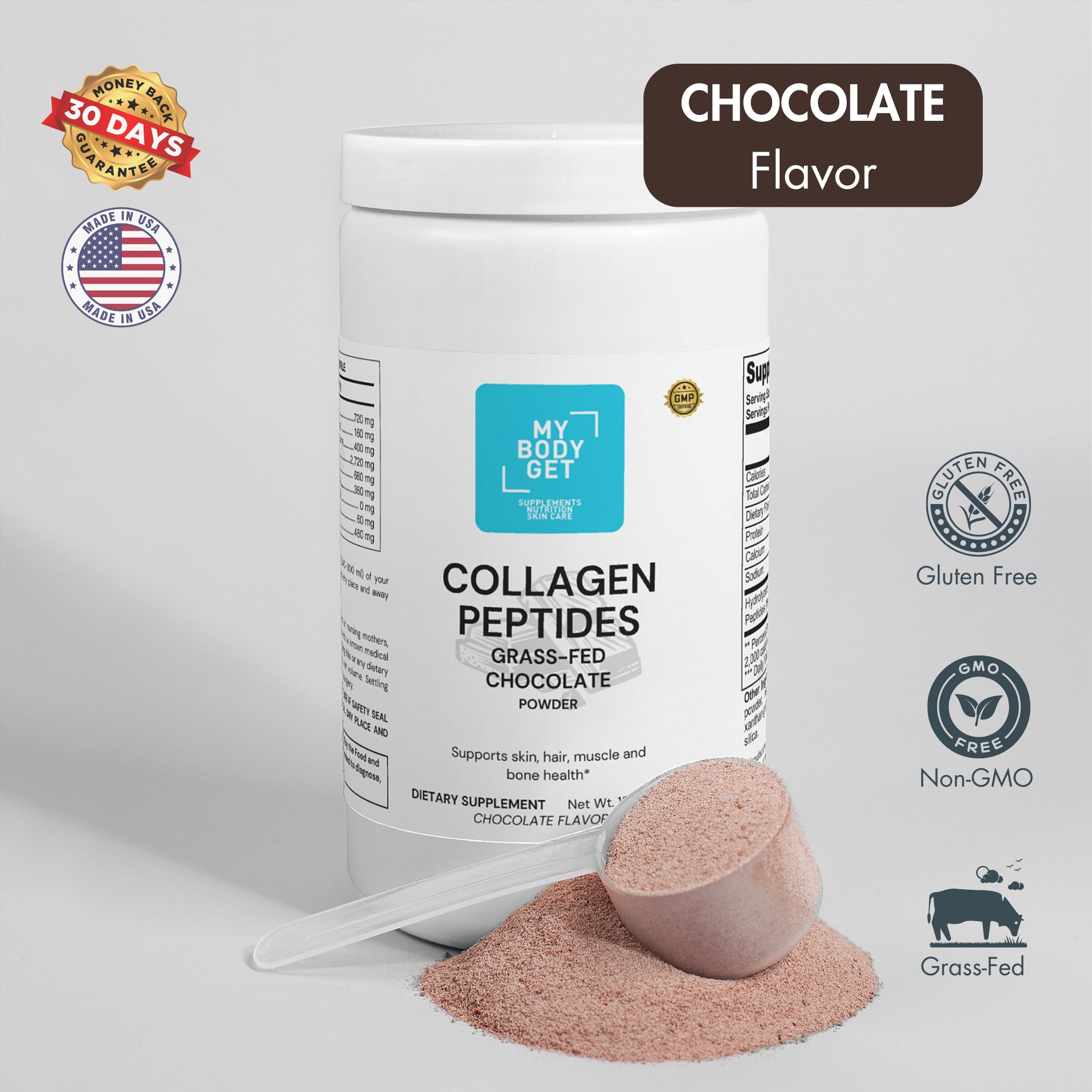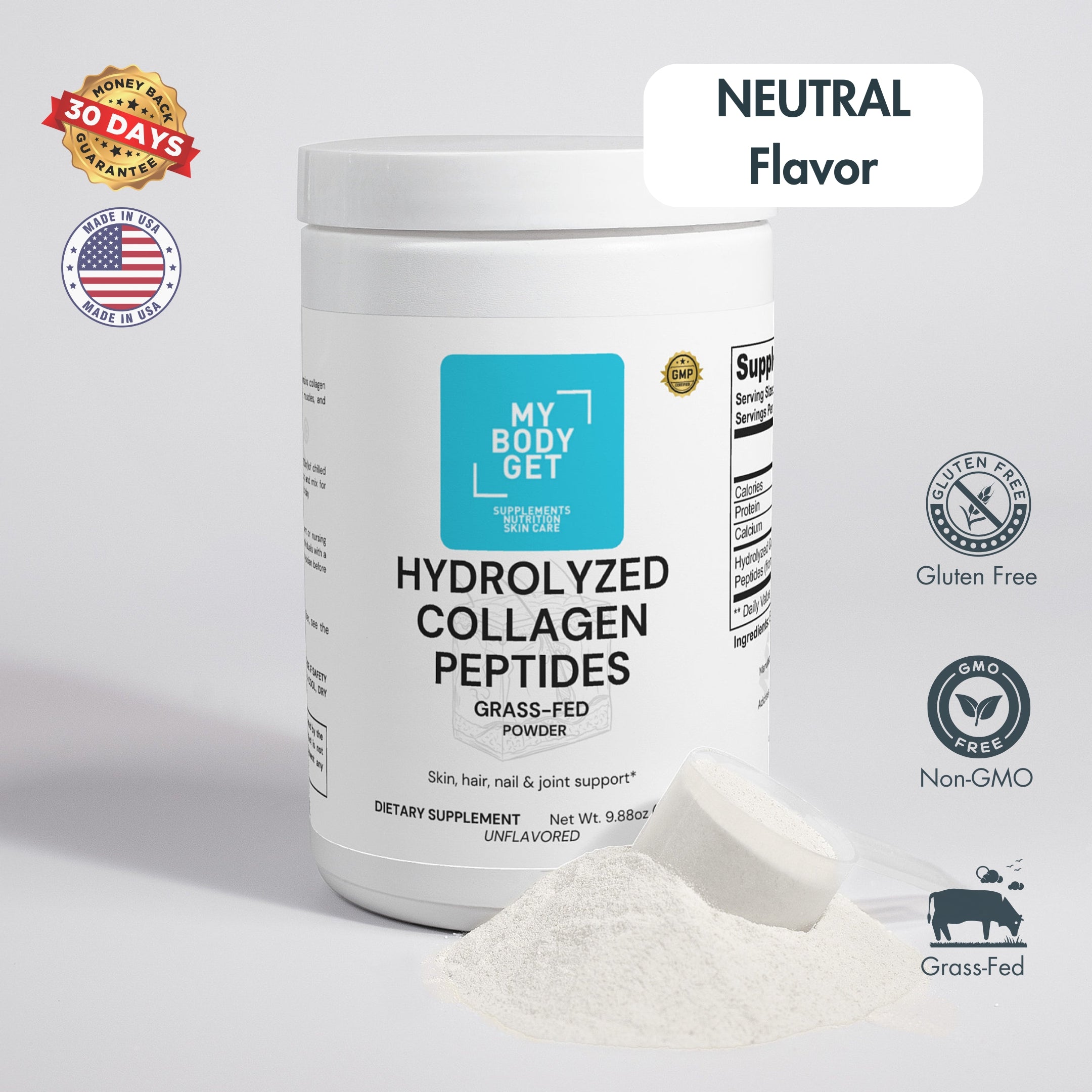A well-rounded skincare routine is essential for maintaining healthy, radiant skin, but it’s important to tailor it to your specific skin type. Whether you have oily, dry, combination, or sensitive skin, understanding your skin’s unique needs will help you choose the right products and create an effective routine. In this guide, we’ll walk you through the basics of building a skincare regimen that works for your skin type, ensuring optimal results and long-term skin health.
Step 1: Determine Your Skin Type
Before building a skincare routine, it’s essential to identify your skin type. The main categories are:
- Oily Skin: Prone to excess oil and shine, with a tendency to develop clogged pores and acne.
- Dry Skin: Often feels tight, flaky, or rough, and may be prone to irritation or sensitivity.
- Combination Skin: Characterized by oily areas (typically the T-zone) and drier areas (cheeks and jawline).
- Sensitive Skin: Easily irritated by certain ingredients, with a tendency toward redness, itching, or dryness.
Knowing your skin type allows you to select products that address your skin’s specific concerns.
Step 2: Cleanse – The Foundation of Any Routine
No matter your skin type, cleansing is a crucial first step in any skincare routine. It helps remove dirt, oil, and impurities that accumulate throughout the day.
Recommendations by Skin Type:
- Oily Skin: Opt for a foaming or gel-based cleanser that controls oil production and deeply cleanses without stripping the skin. Look for ingredients like salicylic acid to help unclog pores.
- Dry Skin: Use a hydrating, cream-based cleanser that replenishes moisture and soothes dry patches. Ingredients like glycerin and hyaluronic acid are ideal for maintaining hydration.
- Combination Skin: A gentle, balanced cleanser works best to address both the oily and dry areas of your face without over-drying or over-hydrating.
- Sensitive Skin: Choose a mild, fragrance-free cleanser that won’t irritate or strip the skin of its natural oils. Look for calming ingredients like chamomile or aloe vera.
Step 3: Tone – Balance and Prep
Toners help to balance the skin’s pH levels and prepare it for the next steps in your routine. Modern toners are formulated with ingredients that target specific concerns, like minimizing pores or soothing irritation.
Recommendations by Skin Type:
- Oily Skin: Use a toner with ingredients like witch hazel or tea tree oil to reduce shine and refine pores.
- Dry Skin: Look for hydrating toners with ingredients like rose water or hyaluronic acid to boost moisture.
- Combination Skin: A balancing toner with mild exfoliating properties can help manage oily and dry areas simultaneously.
- Sensitive Skin: Stick to alcohol-free, soothing toners that help calm inflammation. Ingredients like chamomile or cucumber extract can be helpful.
Step 4: Moisturize – Hydrate and Protect
Moisturizing is essential for all skin types, even if you have oily skin. A good moisturizer locks in hydration, supports the skin’s barrier function, and protects against environmental damage.
Recommendations by Skin Type:
- Oily Skin: Opt for a lightweight, oil-free moisturizer that won’t clog pores. Gel-based moisturizers with ingredients like niacinamide or aloe vera can help regulate oil production while keeping skin hydrated.
- Dry Skin: Choose a rich, cream-based moisturizer with nourishing ingredients like shea butter or ceramides to replenish and lock in moisture.
- Combination Skin: Look for a non-comedogenic, balanced moisturizer that hydrates dry areas without making oily zones greasy.
- Sensitive Skin: A hypoallergenic, fragrance-free moisturizer with calming ingredients like oat extract or ceramides can help prevent irritation.
Step 5: Sunscreen – Your Skin’s Best Defense
No skincare routine is complete without sun protection. Sunscreen helps prevent premature aging, hyperpigmentation, and skin cancer by blocking harmful UV rays. It’s crucial to apply sunscreen every day, even if you’re indoors or it’s cloudy.
Recommendations by Skin Type:
- Oily Skin: Use a lightweight, oil-free, and non-comedogenic sunscreen with a matte finish to avoid shine.
- Dry Skin: Choose a hydrating sunscreen with moisturizing ingredients to prevent dryness throughout the day.
- Combination Skin: A lightweight, broad-spectrum sunscreen that won’t clog pores or over-dry the skin is ideal.
- Sensitive Skin: Mineral-based sunscreens with zinc oxide or titanium dioxide are gentler on sensitive skin and provide broad-spectrum protection without causing irritation.
Step 6: Tailor Treatments for Specific Concerns
Once you’ve established the basics (cleanse, tone, moisturize, and protect), you can add targeted treatments to address specific skin concerns such as acne, hyperpigmentation, or fine lines. Here’s how to tailor treatments based on skin type:
- Oily/Acne-Prone Skin: Spot treatments with benzoyl peroxide or salicylic acid can help reduce breakouts. Retinol is also effective for controlling acne and preventing scarring.
- Dry Skin: Use hydrating serums with hyaluronic acid or vitamin E to give your skin an extra moisture boost. Antioxidant serums can help protect against environmental damage.
- Combination Skin: A serum with niacinamide can help balance oil production while providing hydration to drier areas.
- Sensitive Skin: Stick to gentle treatments like anti-redness serums or products with calming ingredients like licorice root extract.
Step 7: Exfoliate Regularly – But Don’t Overdo It
Exfoliation helps remove dead skin cells, unclog pores, and reveal a brighter complexion. However, over-exfoliating can cause irritation, so it’s important to find a balance.
Recommendations by Skin Type:
- Oily Skin: Exfoliate 2-3 times a week with a gentle chemical exfoliant like salicylic acid to prevent breakouts.
- Dry Skin: Use a mild exfoliator once or twice a week, opting for hydrating exfoliants with lactic acid.
- Combination Skin: Stick to gentle exfoliation 2-3 times a week, focusing more on oily areas.
- Sensitive Skin: Exfoliate sparingly (once a week) with a very gentle product, like a mild enzyme exfoliant, to avoid irritation.
Product Recommendations for Each Skin Type
-
Oily Skin: Consider lightweight, non-comedogenic products that help control oil and minimize breakouts. Products like foaming cleansers, mattifying moisturizers, and salicylic acid treatments work well.
-
Dry Skin: Hydration is key, so opt for rich creams, moisturizing serums, and hydrating masks. Hyaluronic acid and glycerin-based products are great for locking in moisture.
-
Combination Skin: Look for versatile products that balance oil control and hydration. Gel-based moisturizers and niacinamide serums can help regulate oil production and prevent dry patches.
-
Sensitive Skin: Stick to soothing, hypoallergenic products free of fragrances, alcohol, and harsh chemicals. Aloe vera, chamomile, and colloidal oatmeal are excellent for reducing redness and irritation.
Conclusion: Customize Your Routine
Building a skincare routine that works for your skin type involves a mix of understanding your skin’s needs, choosing the right products, and being consistent. Whether your skin is oily, dry, combination, or sensitive, following the steps outlined above can help you maintain a healthy, glowing complexion.
Remember, skincare is personal — what works for one person might not work for another, so it’s important to listen to your skin and adjust your routine as needed.
"Healthy skin is a reflection of overall wellness." – Dr. Howard Murad







Leave a comment
This site is protected by hCaptcha and the hCaptcha Privacy Policy and Terms of Service apply.